Post-Disaster Landscape Design Approaches
Ahr Valley, Germany
Studio GLA304
Students:
Linn Natalie Bråthen Browning, Say Kpaw Chai, Emaediong Esema, Inga Anna Helene Fossli, David Heiner, Anahita Jafar Abadi, Jonas André Johannessen, Nina Andresen Littmann, Anne Håbjørg Lysvåg, Kjetil Helmut Masuhr, Sangeethan Pathmanathan Murugesu, Carl Florian Emanuel Opitz, Noshin Nehal Prova, Colin Thomas Sutton, Thea Aaberge Wikander,
Tutors:
Jörg Rekittke and Maria Gabriella Trovato
The course
In July 2021, an extreme flood hit the Ahr River Valley in Germany. More than 130 people died. More than 3000 buildings were damaged. The road and train infrastructure of the valley had been widely destroyed.
We worked on three basic design research questions:
1) What happened during the flood? What evidence can be found and analyzed?
2) What happens in the Ahr Valley currently? What plans or concepts are known? Which of them are under implementation yet?
3) What should ideally happen in the Ahr Valley in the future? What needs to be done to improve the situation found and to alleviate identified problems?
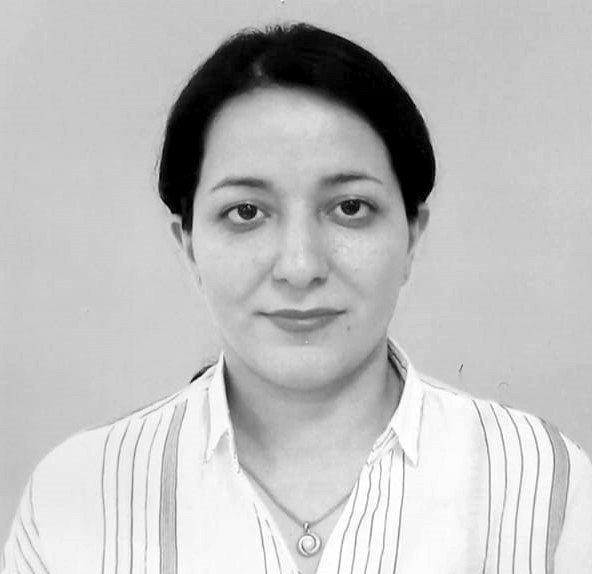
Dernau
In July 2021, enormous amount of rain caused an extreme increase in the water level of the Ahr river and led to a catastrophe in the Ahr Valley.
Our study area was divided into 12 sectors, and I have worked on Dernau. Due to the pandemic we were not allowed to travel, therefore we have worked remotely using digitally accessible materials including maps, videos, photos, text etc.
Anahita Jafar Abadi.
View student work:
Scroll to view entire presentation:
Altenburg
In July 2021, an extreme amount of rain fell in Western Germany, causing the Ahr river to exceed the river banks by 7.8 m. How does a community survive and rebuild after this disaster?
In the studio GLA304, each student worked with a small village along the Ahr river in the aftermath of the devastating flood. Altenburg, a small community within the Altenahr municipality, experienced devastating losses and damages during the flood of July 2021. By looking into what happened, and what is happening now, we made a proposal for what should happen from this point.
Anne Håbjørg Lysvåg
View student work:
Scroll to view entire presentation:
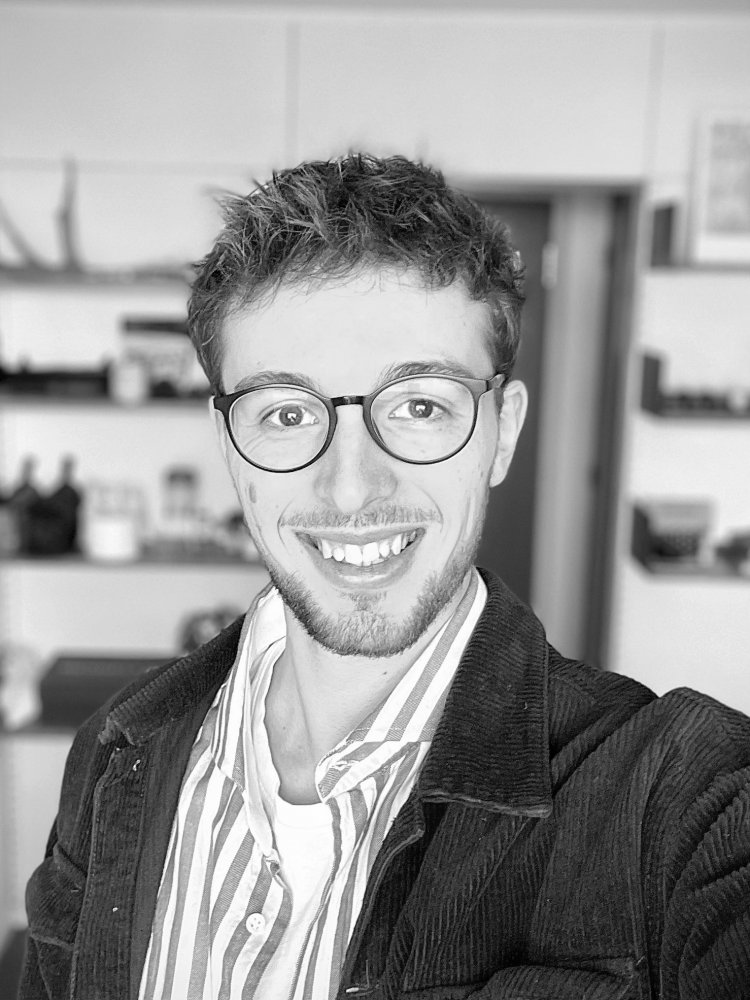
Schuld
What should happen after the flood? This project gives space to the river and invites inhabitants and visitors onto “new paths” into the future.
This project proposes interventions for the village of Schuld, divided into two phases until 2042. The phases outline a planned retreat from the river edges. In addition, the expanded floodplain landscape will be accessible through hiking trails, offers space for a natural campsite, plant and bird protection zones, and a large festival meadow. In this way, the floodplain gives space to the river and simultaneously creates value for the inhabitants and visitors of the Ahr valley.
Florian Opitz.
View student work:
Scroll to view entire presentation.
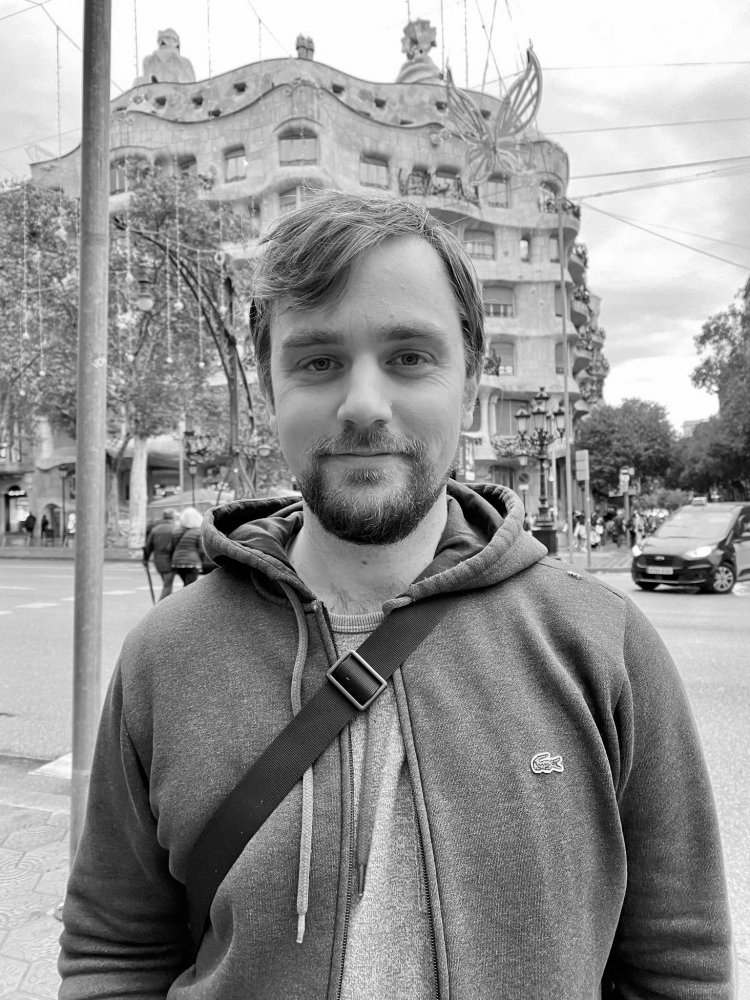
Rech
What can all the gathered evidence tell us about what happened, what happens, and what should happen for the post-disaster landscape of Rech, Germany?
The ongoing Covid-19 pandemic did not allow for in-person field work for our studio course in Spring 2022. However, a remote wayfaring approach of the 2021 Ahr Valley flood disaster resulted in a robust collection of data. My work is a three-part analysis of the historic wine-producing village of Rech. My design is recommendations that support the future of the Rech village in adapting to the true nature of the river Ahr.
Colin Sutton
View student work:
Scroll down to view entire presentation.

Ahrbrück
This studio work has explored what happened, what happens (afterwards) and what should happen in Ahrbrück after the devastating 2021 flood of the Ahr river.
I have explored in detail what happened in Ahrbrück, during and after the 2021 flood. From what I have researched and learned in the studio; I have devised possible solutions to minimize the damage by a next flood while considering the needs of the inhabitants. The main points are creating a flood park and recreational area, collaborating with the local community and creating a new building code for the flood prone areas.
David Heiner
View student work:
Scroll down to view entire work.
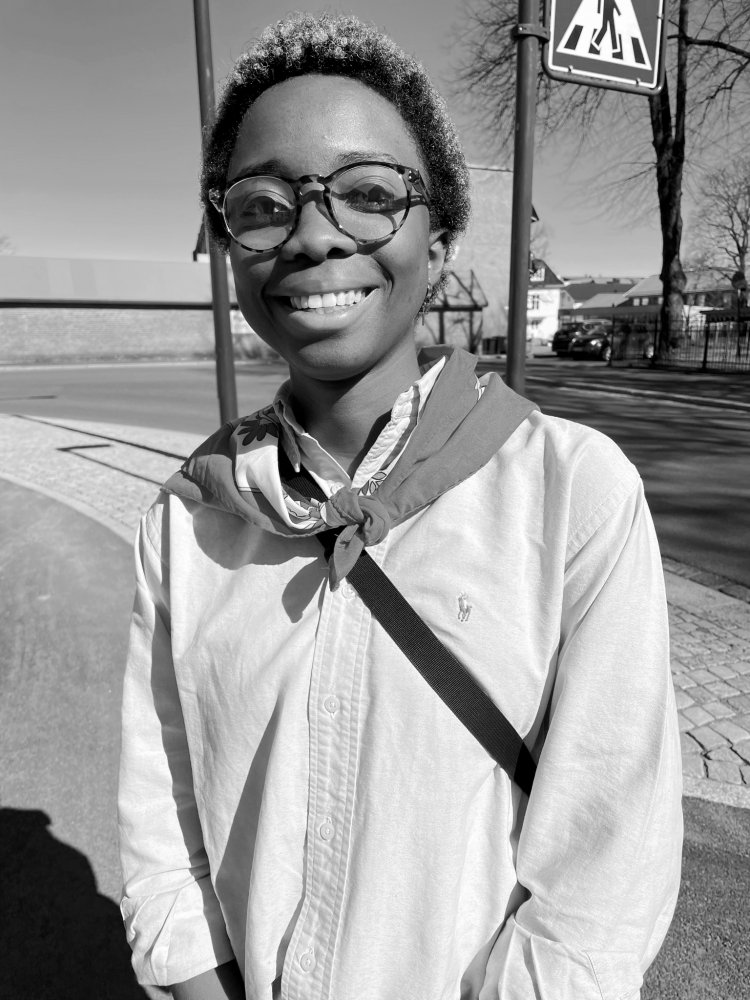
Ahr Valley
“And then the rain flood came”. How can a landscape architect help the people in the Ahr valley prepare for the future?
Climate change is showing the first momentous tipping point of the climate system. There is no one-size-fits-all answer to the disaster in the Ahr valley. It was a simple yet difficult challenge; you might solve the problem in one village while causing a ripple effect in another.
The goal of my design concept was to allow the river to run freely while yet enabling connection between the community, tourists, and the river.
Emaediong Esema
View student work:
Scroll down to view entire work.
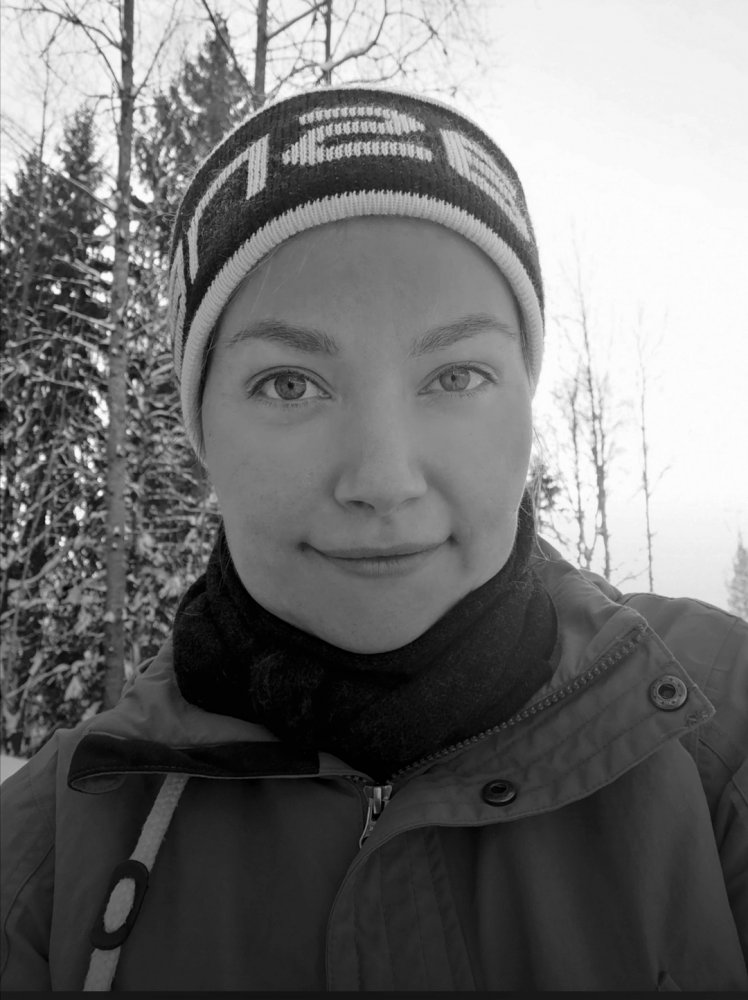
Kreuzberg
Kreuzberg village in Ahr Valley was hit by a flash flood 14th July 2021. My design approach is to make room for the river and reduce future flood hazards for residents in Kreuzberg.
Post-disaster design approach constitutes on how to make a landscape more resilient for future flood events. I have analyzed Kreuzberg by looking into the socio-economic impacts for residents, use the topographical landscape as a key for flood control, historical flood events, and investigated what residents envision for their landscape after the flood event in 2021.
Inga Fossli.
View student work:
Scroll down to view entire work.

Altenahr
The historical town of Altenahr challenges the Ahr river itself with a landscape that is both flat and narrow at the same time.
I identified three main issues in the town of Altenahr related to the flood. Firstly, a large part of the town is completely flat and filled with built structures consisting of mainly houses.
Secondly, the river gets pressed through a bottleneck under the town’s main bridge, which forced the water up against the buildings located by the riverside. The last issue relates to the infrastructural elements of two historical bridges for the railway and pedestrians, as well as a tunnel with an opening quite close to the riverside.
My design-approach for dealing with these issues has been to implement dikes combined with integrated flood protection walls and watertight facades.
Jonas André Johannesen.
View student work:
Scroll down to view entire work.

The Towns of the Ahr River
A design approach to the Ahr valley with focus on increasing flood resilience and reducing the damage future floods will cause to the towns along the Ahr river.
During GLA 304 we looked into the flood disaster that happened in the Ahr valley, Germany. Since Covid-19 restrictions were still actual, we practiced remote research, using social media and GIS-tools. We split the valley into parts distributed in our class and shared what we found in peer-to-peer workshops. After finishing the analytical part, we developed our individual design ideas of how the post-disaster area could become more resilient towards future floods.
Kjetil Helmut Masuhr.
View student work
Scroll down to vie entire work.

Marienthal
This analysis aims to learn from what happened post-disaster and then use rewilding and flood-protection principles in a long-term design proposal.
Using literature on flood protection methods from other scholars, as well as an interdisciplinary approach, led to a proposal that includes social, environmental, and technical solutions. Furthermore, to promote awareness of the impacts of climate change and the dangers of a flood-prone ecosystem in the valley. The aim is to enhance the river's identity and strengthen the social-ecological resilience in Marienthal and the Ahr Valley as a cascading effect.
Linn Kristin Bråthen Browning
View student work
Scroll down to view entire work.
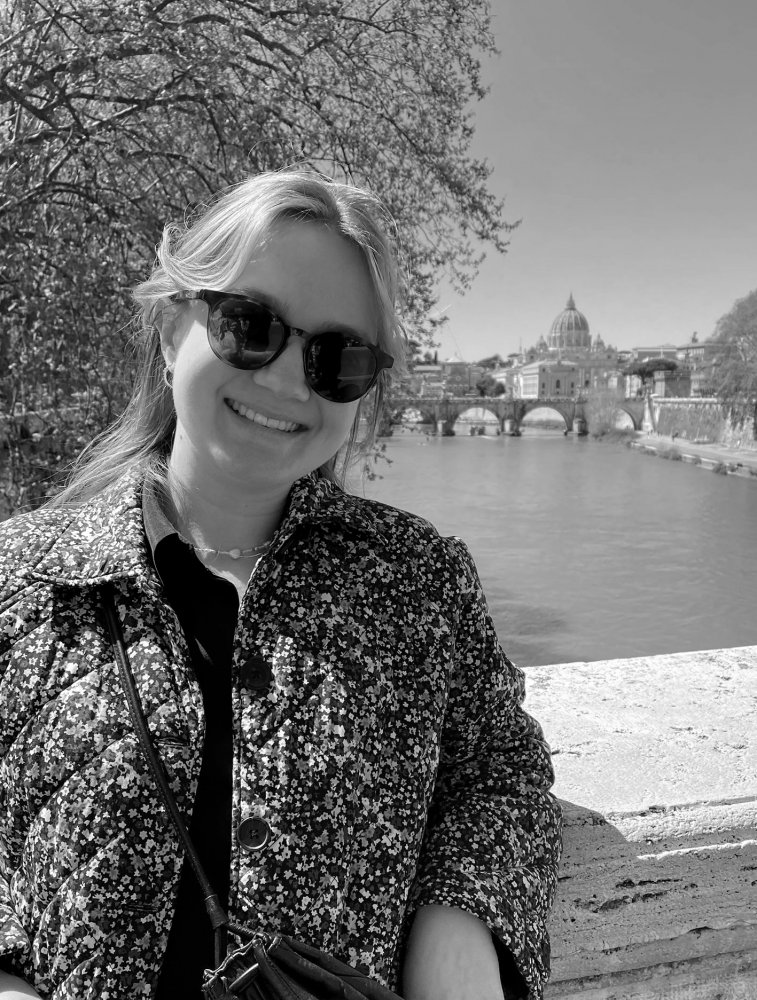
Bad-Neuenahr
Researchers have linked the flood in Ahrtal to climate change, and stated the risk of flooding is increasing. This means a change needs to happen.
Ahrweiler is, together with Bad-Neuenahr, the capital of the Ahrweiler district. Even though Ahrweiler was heavily affected by the flood, the damages were not as substantial as in other parts of the region. One of the biggest challenges in Ahrweiler is to integrate future ideas for a modern and sustainable urban development. My design approach is to minimize the flood before it hits the city of over 28,000 people, through water retention areas.
Nina Littmann.
View student work
Scroll to vie entire work.

Ahr Valley
The Ahr valley in Germany in 2021 faced a severe flash flood and maybe the next flood isn’t far away, so it’s the right moment to cope with what’s inevitable and smart.
My focus area for the first two workshops was Dernau, a small town which was heavily flooded. Later, I have changed my focus to the whole Ahr valley and how to cope with the flood. Coming from a civil engineering background, I found the historic half-timbered houses very original and interesting that exist in Ahr valley. So, my design approach was to come up with an innovative solution to protect such buildings from next floods so that they can remain as an essence of that landscape.
Noshin Nehal Prova.
View student work:
Scroll down to view entire work.

Walporzheim
With climate change, the risk of flooding has increased dramatically. How can we cope with that?
On the 13th and 14th of July 2021, enormous water amounts of rain fell over the western part of Germany. Much of the precipitation fell within 15 to 18 hours of 100 to 150 mm rain, causing flooding in Central Europe. The Ahr valley in the federal state of Rhineland-Palatinate was heavily affected. For the studio course GLA 304 ‘post-disaster landscape design approaches’ this project focused on Walporzheim.
Sangeethan Pathmanathan Murugesu.
View student work:
Scroll to view entire work.

Ahr Valley Flood
With climate change, the risk of flooding has increased dramatically. How can we cope with that?
Ahr valley was hit by a devastating flood in the summer of 2021. Climate change causes more extreme and frequent precipitation. How can we design for the future?
Analyzing what happened and what happened in the Ahr valley gives a design proposal for what should happen. It is not possible to stop the forces of nature, but it is possible to implement measures to prevent big destruction and loss of life.
Say Kpaw Chai.
View student work:
Scroll to view entire work.
Landscape and Flood
Let’s appreciate the river to balance the built and grown environment, rational and aesthetic needs.
One cannot prevent a flood at the site of its impact. However, we can generate a resilient landscape. This design strategy proposes an ecological approach to make this landscape more capable of handling limited amounts of excess water. By removing hard barriers at the base, reintroducing native species, and allowing the river to move within a designated area, we can give landscape back to the water without compromising safety of the people or value of the landscape.
Thea Aaberge Wikander.
View student work:
Scroll down to view entire work.
